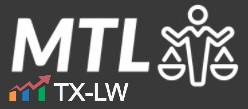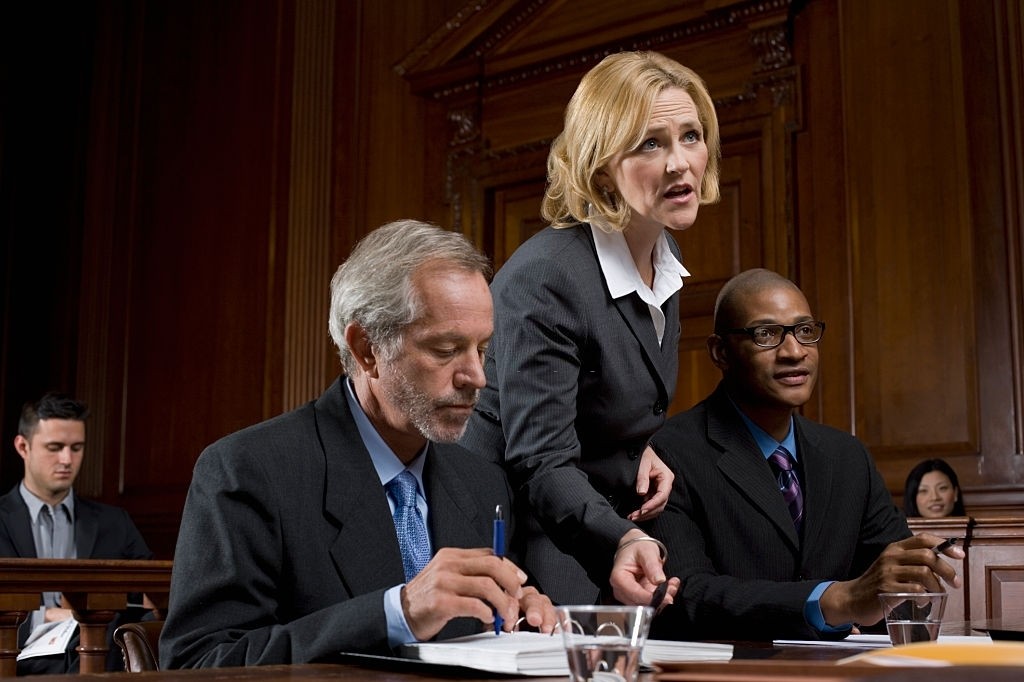The ability to have ones day in court is fundamental to our system of justice. For claims involving the government, as with taxes and the IRS, this includes the right to know the government’s position with sufficient advance notice so that the taxpayer can prepare their case. This begs the question, can the IRS raise new arguments on the eve of trial? The court addresses this in Ax v. Commissioner, 146 T.C. 10 (2016).
Facts & Procedural History
The taxpayers formed a captive insurance company and deducted the premiums. The IRS disallowed the deductions and stated in the notice of deficiency: “You did not establish that the amount shown was (a) insurance expense, and (b) paid.”
The taxpayers brought suit against the IRS in the U.S. Tax Court to dispute the notice of deficiency. The IRS filed an answer that did not make any affirmative allegations as to the disallowed insurance expense deductions.
This court opinion addresses whether the IRS can go back and amend its answer to add additional arguments. After the case was stricken from a trial calendar and continued generally, the IRS moved for leave do just that.
The IRS attorneys tried to amend his answer to assert “that a) [taxpayers’] use, through solely controlled flow-through entities, of a micro-captive insurance arrangement in 2009 and 2010 lacked economic substance; and b) amounts paid as premiums through the micro-captive arrangement were neither ordinary nor necessary” and to allege facts in support of those assertions.
Naturally, the taxpayers opposed the IRS’s motion for leave. It seems unfair that the IRS would be able to raise new issues on the eve of trial. The taxpayers cited the U.S. Supreme Court’s Mayo Foundation for Med. & Educ. Research v. United States, 562 U.S. 44, 55 (2011) decision in support of its position.
The Prohibition Against New Issues
As argued by the taxpayers, Mayo stands for the proposition that “the Administrative Procedure Act and the Securities and Exchange Commission v. Chenery Corp., 318 U.S. 80 (1943) court case bar the IRS from raising new grounds to support his final agency action beyond those grounds originally stated in the notice of deficiency.
The court concluded that Chenery may restrict a reviewing court from relying on reasons not considered by an agency in its determinations. But this is limited to matters that Congress has exclusively entrusted to the administrative agency.
Here, the court noted that Congress expressly authorized the U.S. Tax Court to redetermine tax liabilities in a deficiency case in Sections 6212 and 6213 . The court reasoned that the enactment of the Administrative Procedure Act did not change this regime for deficiency litigation that Congress had previously enacted.
The IRS Can Raise New Issues in U.S. Tax Court
The court concluded that in a deficiency case (i.e., a case where the taxpayer is asking the court to determine its tax liability), the IRS may plead grounds not in the notice of deficiency.
The court also held that this allowance is not at odds with the uniform approach to judicial review of administrative action that is called for in Mayo Foundation.
The takeaway is that the IRS is not limited to just the arguments raised in its notice of deficiency or its original answer in a U.S. Tax Court case. The IRS could raise new arguments in court for the first time in deficiency cases despite the Administrative Procedure Act.
This case confirms that the IRS’s notice of deficiency does not have to include all issues for these cases.
In 40 minutes, we'll teach you how to survive an IRS audit.
We'll explain how the IRS conducts audits and how to manage and close the audit.


